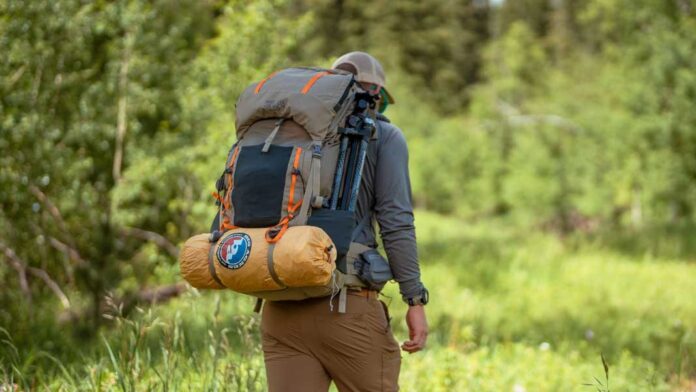Fitting a backpack is a critical component of reducing discomfort on the trail. Hiking with weight creates a cumulative strain. It can be hard to suss out all the intricacies while testing different packs out in a store. Even if you load up the backpack with artificial weight, those aches, pains, chafes, and bruises won't rear their ugly head until many miles down the line. So knowing how to properly fit a backpack, and starting with the right set up, is crucial. This will maximize your energy and boost your enjoyment on the trail.
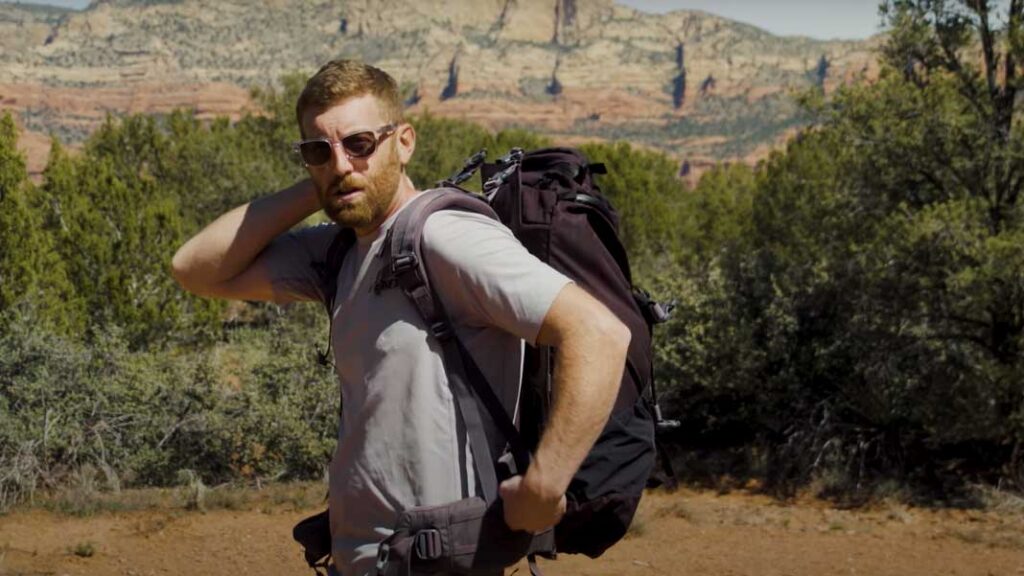
What length backpack do I need?
Let's start from square one and assume you're on the hunt for your first backpack. You are staring at a wall of options while at a reputable outdoor dealer. The first thing to note is that sizing is based on torso length, not your overall height. People, both tall and small, are surprised to learn that their ideal backpack size doesn't match their expectations. Most popular backpacks come in small, medium, and large offerings. Packs will also indicate a suggested range in torso length for each increment.
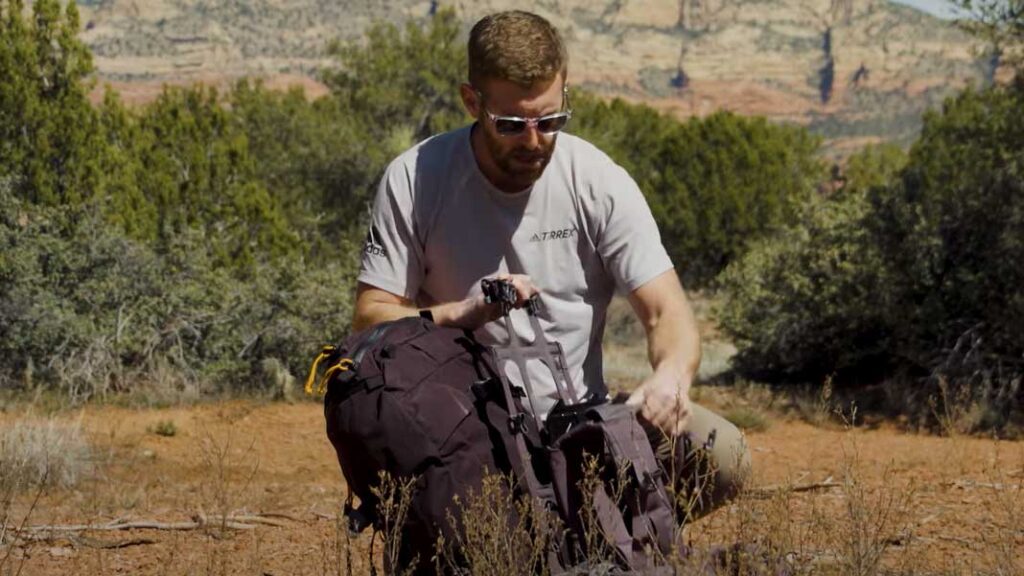
To give you an idea, 18 – 22 inches is the typical range for a medium pack. Shorter than 18″ will drop you to a small backpack, and over 22″ will shift you into large territory. If you're at a place like REI or MEC, one of their staff will be happy to take your measurements. If you want to get a basic idea, then pull out the tape measure and go from the prominent vertebrae just below the base of your neck (C7), to your lumbar spine. Nailing your size is essential for the rest of the fitting process.
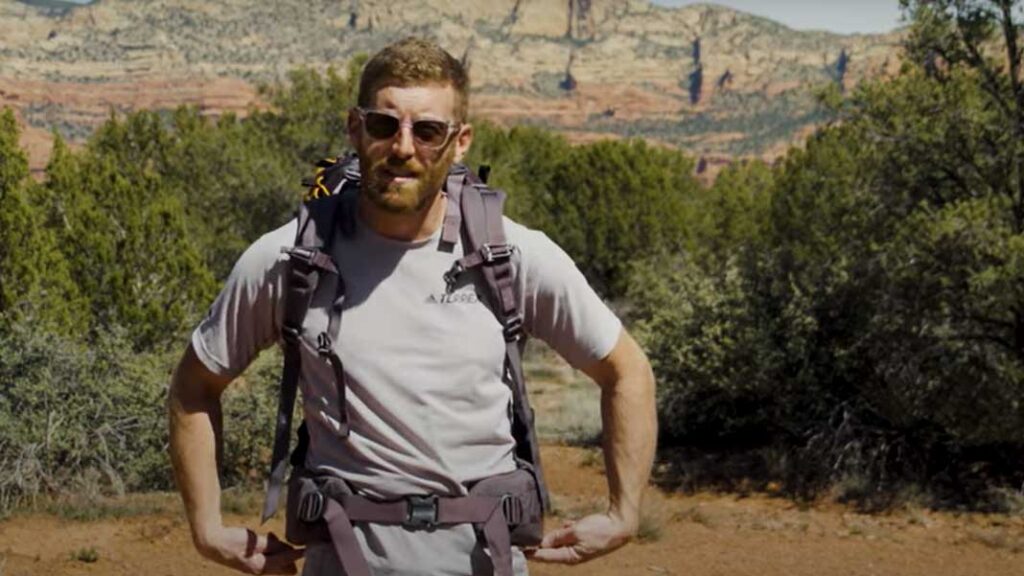
How to adjust a backpack correctly?
Once you've properly sized your backpack for your torso length, the next important step is to dial in your backpack's yoke system. There is a suggested range in torso length for each corresponding size pack. You may have to adjust the length of your backpack yolk up or down (typically with some kind of Velcro system) to tailor a specific fit.
From there, it's time to figure out all of those straps and buckles. I can't tell you how many times I pass people on the trail who are lugging a pack that just looks off and uncomfortable.
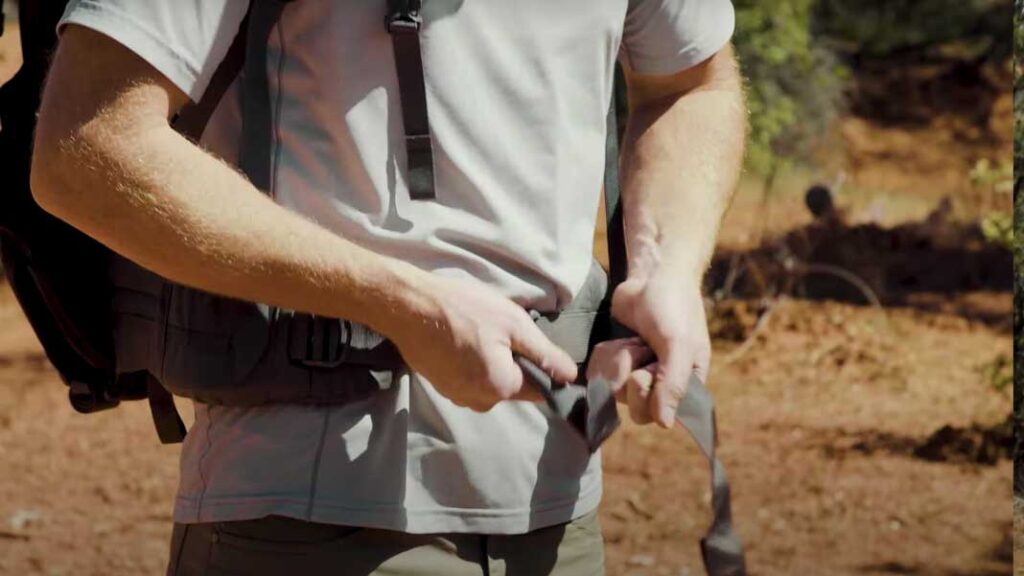
Pay close attention to your hip belt. This is the main feature that separates a multi-day backpacking pack from any old school pack. Ideally, you want about 50% of the load to sit on your hips. To achieve this, tighten the hip belt securely above the belt line on your pants, and just below your belly button.
Next, you may notice a gap form at your shoulder straps (especially if you had been wearing your pack too low). So give those straps a pull until they form a snug fit. Finally, turn your attention to those mystery straps above the shoulders that so few people utilize (which I'll get into next).
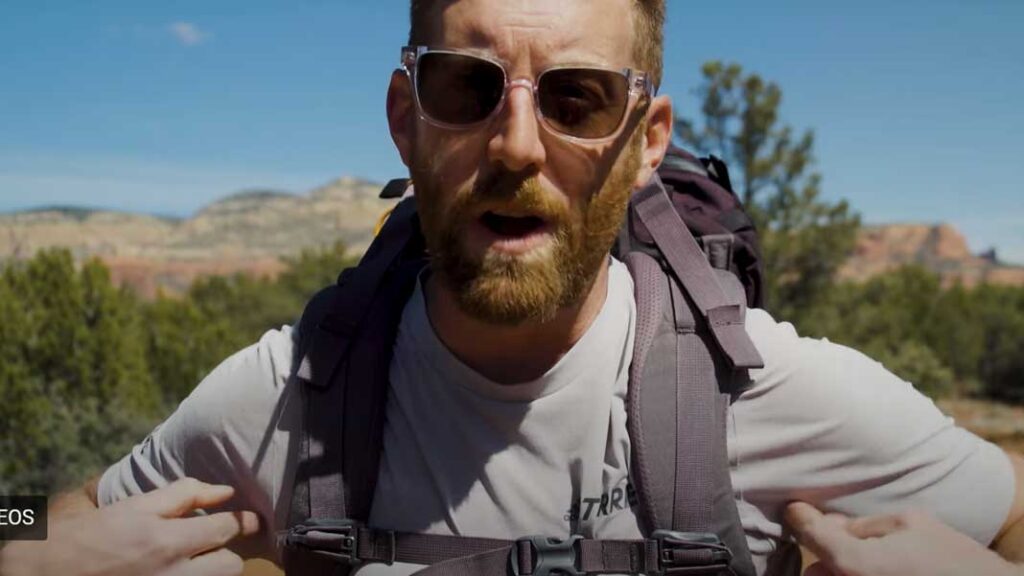
What are the top straps on a backpack for?
These important straps (i.e. the ones above the main shoulder straps) are often overlooked by backpackers. They control how far your pack falls away from your body, or how tightly it hugs against you. It's the latter position that you want to achieve because this will create the impression of a lighter burden.
Your fully-loaded pack will act like a lever that pulls against you if there's a gap between your upper back. This is not only counterproductive, but will probably negatively impact your posture too. This can lead you to hunch forward to compensate, or lean back in submission. So cinch these suckers up, not just at the trailhead, but throughout your hike. The weight and movement will naturally loosen them over time, and you'll have a much nicer experience.
What are chest straps on backpacks for?
The yoke system, hip belt, shoulder straps, and top, load-tightening straps, are all supportive systems. Whereas the chest strap is simply for comfort. By buckling this up and pulling it taught, the shoulder straps will transition out of your armpit area. Depending on the dimensions of your upper body, this may reduce friction while you're hiking.
However, if things are too tight across your chest, then your breathing might be restricted. Breathing is kind of important while hiking. Don't let the chest strap ride too high. Keep it well below your collar bones, but still above your nipples. Women may have another variable or two to consider here.
I recommend playing around with the chest strap to see what works best – and what works best may actually entail not using it at all (which I often don't).
Those are the key areas to pay attention to when purchasing and fitting your backpack. There's no substitute for getting the proper size. So devote the necessary time to that task, and then the rest can be sorted out in front of the TV at home, or on the trail. But one last thing to keep in mind, your bag's best set-up may change depending on how full/heavy you pack it. So learn to love messing around with your backpack; you'll be doing it a lot!
Subscribe to Our Newsletter
Stay tuned for notes on how to properly pack for your next trek. And until then, read more about hiking and backpacking, or subscribe to our newsletter for more hiking news!



